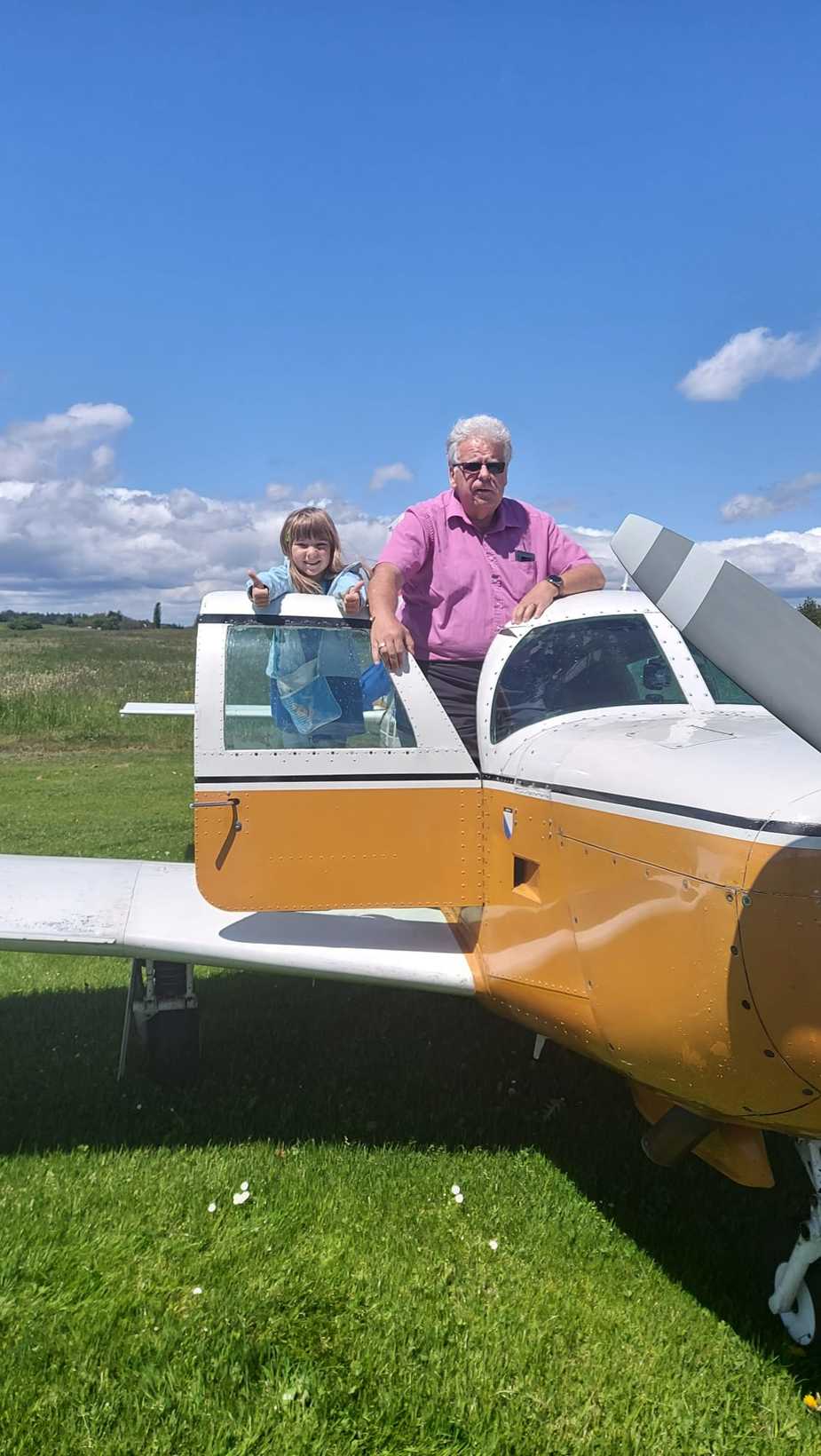I don’t have a final opinion on night flight over the alps.
However, I know a route which I’ve flown so often and landed at every aerodrome along that route, where I am practically all the time within gliding range to one of these aerodromes, that I might some day raise my (personal) level of confidence to maybe do it in the night. IF weather promises a clear and bright night, of course, because airfields are mostly without illumination. Of course, you really have to know what you’re doing, and for now I wouldn’t do it. But having close to 1000 hours of experience in aircrafts without engine (mostly on gliders) and quite a bit of that in the Alps (and even some off-field landings in the alpine region) raises confidence level a bit. For me, this is not playing russian roulette.
However I think I would climb to oxygen levels to have more time to decide (and to not have to look in the map about location of high flying granite)
It would end up flying IFR, I think, because despite the real good accuracy of GPS units I would not fly below mountain tops.
“As regards risk aversion with passengers, a flight I would not do with passengers I would not do solo either.”
I fly with passengers who are capable of decision making as I fly solo.
With passengers who are not aviation savvy, I use a greater safety margin.
FlyingAppel wrote:
Can you explain this one?
I can’t remember hearing about this in the atpl course.
Night vision gets impaired with lack of oxygen at lower altitudes way bellow altitudes daylight onset of hypoxia (which is mostly about “pilot judgement”), lack of oxygen causes night visual impairment as the rod cells require a lot of oxygen
I doubt EASA has a number in mind but FAA puts 6000ft AMSL recommendation for NVFR without oxygen
https://www.cfinotebook.net/notebook/aeromedical-and-human-factors/vision
https://www.faa.gov/pilots/safety/pilotsafetybrochures/media/hypoxia.pdf
https://www.easa.europa.eu/sites/default/files/dfu/210635_EASA_HYPOXIA_BROCHURE.pdf
Peter wrote:
Except some passengers are terrified of IMC or turbulence, and that’s a different thing.
Most of these guys tend to find late evening & dark night very peaceful and perceived to be safer (compared to the convective/windy midday, a “chacun son gout”  )
)
Peter wrote:
As regards risk aversion with passengers, a flight I would not do with passengers I would not do solo either
Depends on the passenger.
Eyesight is much more effected by altitude, at night. Don’t know the technical explanation. The FAA recommends oxygen above 5000ft at night.
As regards risk aversion with passengers, a flight I would not do with passengers I would not do solo either  Except some passengers are terrified of IMC or turbulence, and that’s a different thing.
Except some passengers are terrified of IMC or turbulence, and that’s a different thing.
AdamFrisch wrote:
For me, risk aversion started when I became a father
Ditto.

So far my girl has only seen the airplane on the ground… hopefully that will change once it is repaired.
Quote there is extra risk from night hypoxia which starts at 5kft
Can you explain this one?
I can’t remember hearing about this in the atpl course.
For me, risk aversion started when I became a father. Before that I was happy to head out in 3 mile visibility and 800ft ceilings. 
Dan Gryder (Probable Cause):
- Night
- Terrain
- IMC
- Ice
Pick one (only)!
It is all about risk management.
Flying SEP over mountains any terrain in daylight: engine fails, you can do something about it
Flying SEP over mountains any terrain at night: engine fails, you pray
I would say that flying in mountains at night brings a lot of dangers if the engine is running (CFIT because of misjudged performance, adverse winds, navigation errors etc) which are reasonably mitigated with EGPWS, synthetic vision or similar. Other than that, an engine failure over European populated terrain is so bad that mountains make not much difference except you perhaps die at a higher altitude.